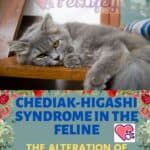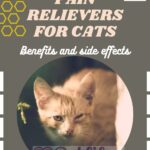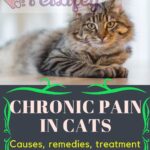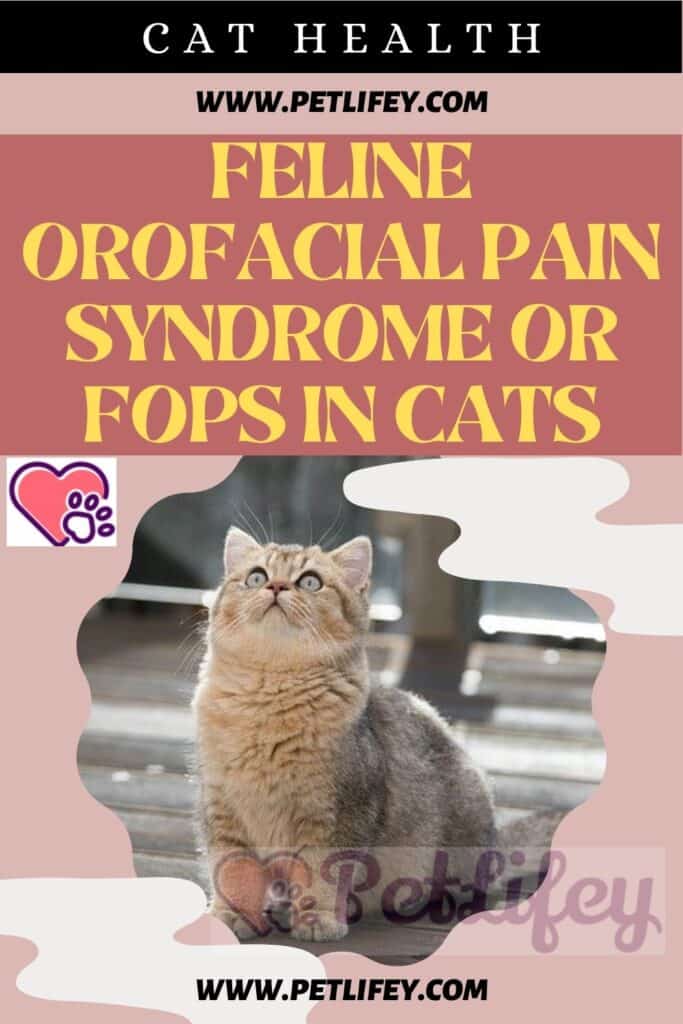
Among the diseases of our cat, a very affected area is the mouth: we know the FOPS or feline orofacial pain syndrome.
Diseases and pathologies of cats occur in their mouth in a much higher number than in other parts of their body. One of these, not easy to find, is the feline orofacial pain syndrome, or FOPS, which brings – among other things – pain in the teeth and mouth to the cat so as to lead it to stop eating.
What is FOPS in cats
Diseases of the cat’s teeth is a common pathology that without proper treatment can lead to even serious complications.
The disease of the teeth in the cats we are talking about, if not treated in time, can lead to problems such as:
- Bleeding gums;
- Difficulty eating;
- Halitosis;
- Swollen gums;
- Oral pain.
Since cats are very reserved by nature, it is difficult to understand when they experience pain, in this case in the oral area. But there are signs to watch out for.
From time to time, the cat may reveal its pain in the mouth, drooling, turning its head to one side while eating (to avoid chewing in the sore side), or touching its mouth.
Some cats refuse to eat dry food, because munching has become too painful for them, and they eat only wet, softer food.
All breeds of cats are susceptible to diseases of the mouth and teeth, but there is a rather rare and peculiar condition related to Burmese cats, FOPS.
The Burmese cat seems to be predisposed to feline orofacial pain syndrome (also called, in fact, Feline Orofacial Pain Syndrome or FOPS).
How to recognize FOPS in cats
The main signs of a cat suffering from this syndrome are very exaggerated movements in chewing and licking, and touching the mouth with its paws.
Usually (but not always) the problem occurs on one side or worse on one side only.
In most cases these are sporadic episodes, but once in five it is a continuous problem.
Such moments of discomfort are triggered by the movement of the cat’s mouth, as in the moment of eating, drinking or licking the hair.
They can last a few minutes, but also last for several hours. There are cat owners who have also noticed an anxious behavior of the cat, before an episode.
In severe cases, cats have more serious problems, such as damage to the tongue due to excessive movement, or to the face due to a too aggressive paw.
In some cases it is possible to distract the cat for a while, and most cats seem not to feel pain except during the episodes in question.
The most predisposed cat breeds
The cause of this disease is not yet clear, but it seems to have some similarities with other human painful facial syndromes: trigeminal neuralgia and glossodynia.
In trigeminal neuralgia there are short very painful episodes in the areas of the face affected by the trigeminal nerve (hence the name), including the upper and lower jaw.
Glossodynia instead leads the patient to have a burning or tingling sensation in the mouth (especially on the tip of the tongue), an altered taste perception, dry mouth.
Just the tingling sensation on the tongue seems to be very present in a cat affected by FOPS.
The most common cat breeds among which episodes of such a disease have been recorded are:
- Burmese (in the vast majority of cases, more than 88% of cases);
- British Shorthair;
- Siamese;
- Tonkinese;
- Somali.
Some dental problems, such as periodontal disease, make a cat more at risk of contracting such a syndrome. There have been cases of FOPS appearing immediately after teething.
But environmental factors can also be influential. Cats that live in families with more cats, with lower social skills, seem more vulnerable.
How to treat feline orofacial pain syndrome
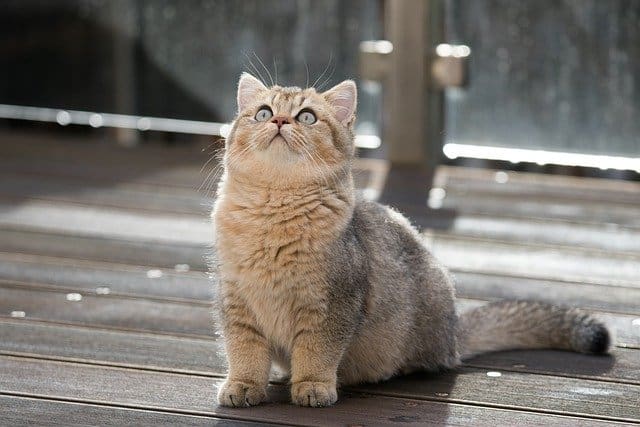
How is FOPS diagnosed? There is no definitive examination, but the veterinarian can rely on some clinical signs or eliminating other causes of clinical signs.
Treating a cat with feline orofacial pain syndrome can be complex.
To prevent damage to the face caused by excessive (or too violent) touching, you can use a specific collar or caps on the nails, made of plastic.
A visit to the veterinary dentist can also be considered, because some dental problems aggravate this condition. Some improvement was noted after dental treatments.
Since cats suffering from this syndrome experience a lot of pain, analgesics are used. However, they should be administered only as indicated by the veterinarian, cats do not metabolize them very well.
Environmental factors should be considered, in case of social incompatibility in a house with several cats, for example.
Fortunately, however, the condition of feline orofacial pain syndrome rarely affects cats.

